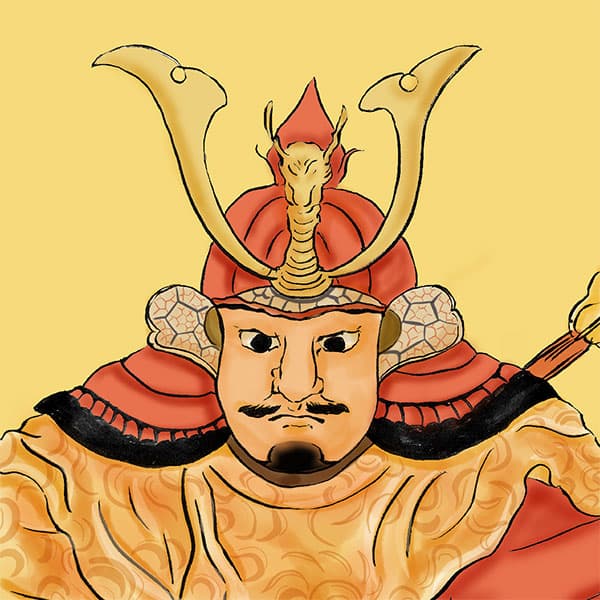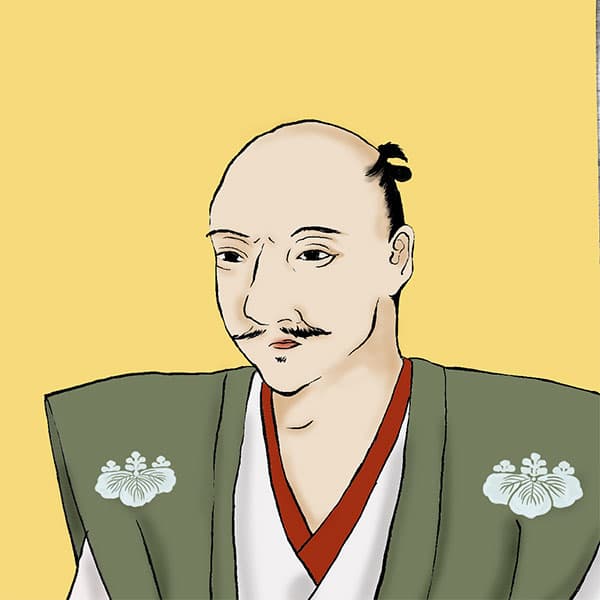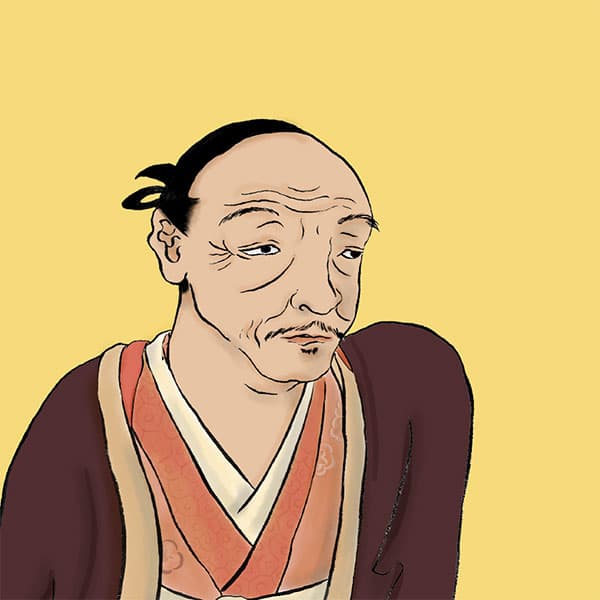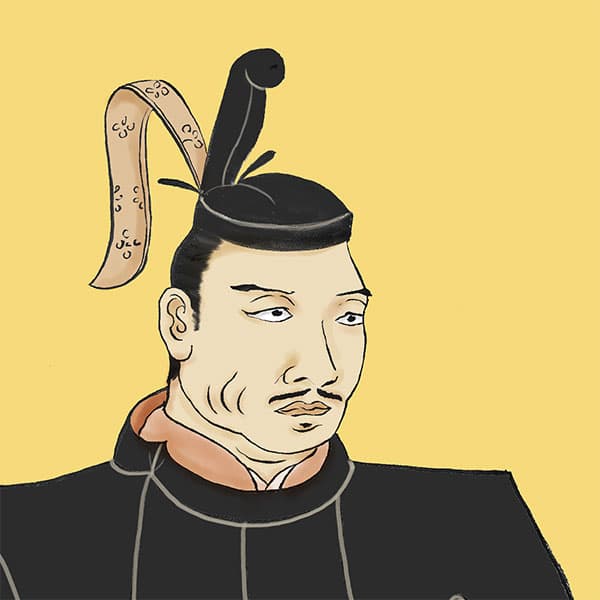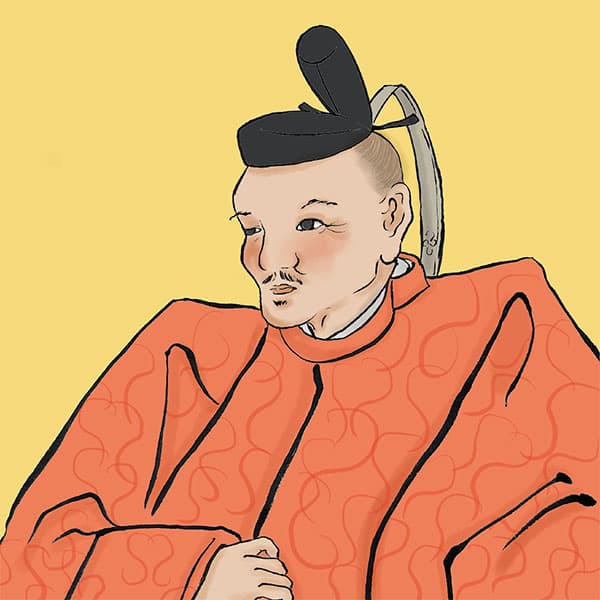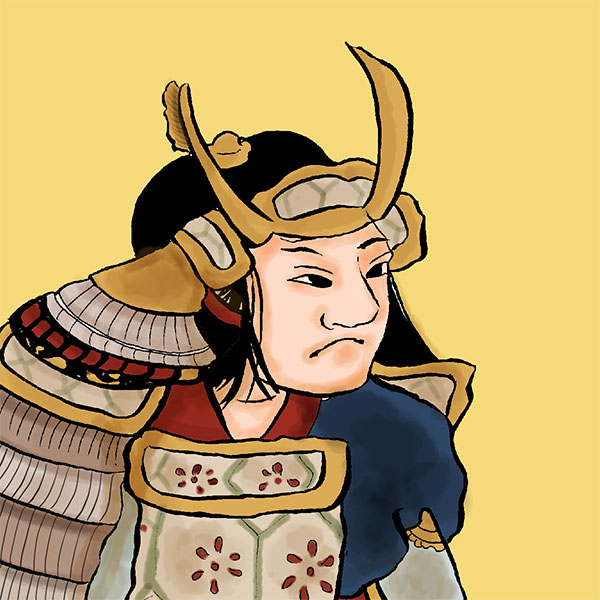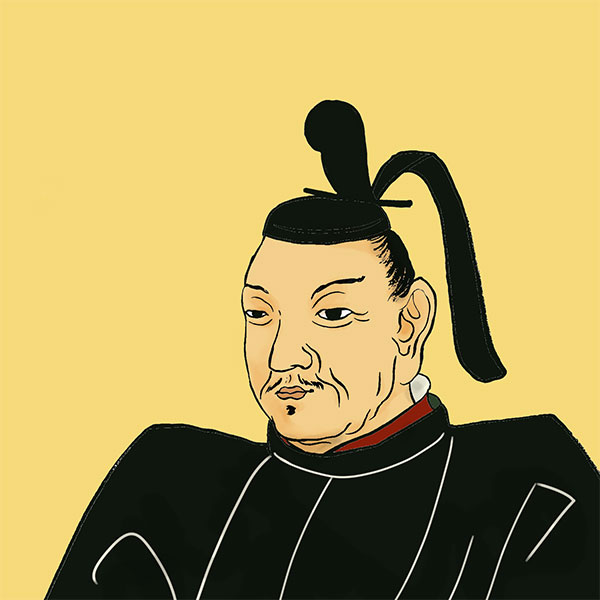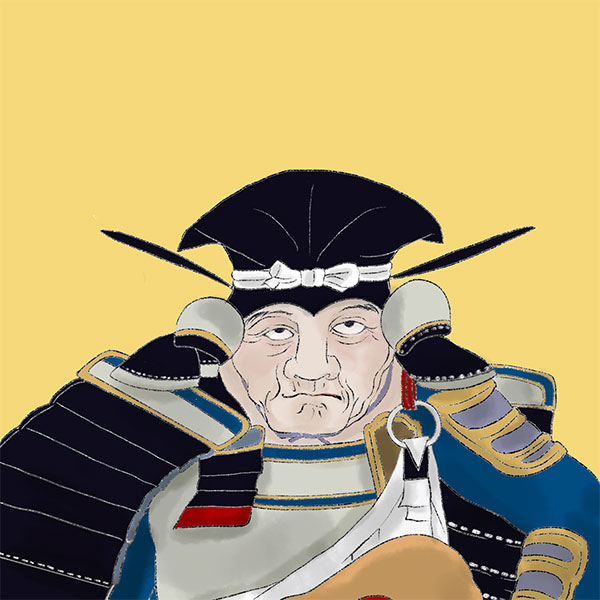Battle of Okehazama (1/2)Oda Nobunaga wins an unexpected victory! ?
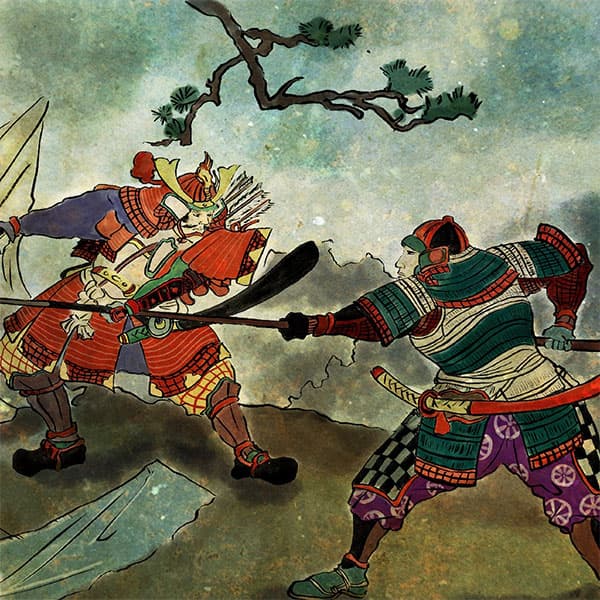
Battle of Okehazama
- Article category
- case file
- Incident name
- Battle of Okehazama (1560)
- place
- Aichi prefecture
- Related castles, temples and shrines

Kiyosu Castle

Sunpu Castle

Okazaki Castle
- people involved
The opportunity for Oda Nobunaga to advance from being the lord of Owari Province to taking over the entire country was the Battle of Okehazama, a battle with Yoshimoto Imagawa that took place in May 1560. No one expected that the young lord of the Oda family, who had just succeeded his parents, would defeat Yoshimoto, the ruler of the Tokaido who was known as ``the best archer on the coast,'' and there was a great deal of shock among the military commanders at the time. He probably ran. This time, we will explain the Battle of Okehazama, which was the catalyst for Nobunaga's breakthrough.
What is the Battle of Okehazama?
The Battle of Okehazama was a battle fought between Oda Nobunaga and Imagawa Yoshimoto at Okehazama (Nagoya City or Toyoake City) in Owari Province (Aichi Prefecture) on May 19, 1560. At that time, Nobunaga had only been following his father's footsteps for a year. This is when I finally got most of Owari under my control. Nobunaga, with only 2,000 men (6,000 men), defeated Yoshimoto's army of 45,000 men (25,000 men), who ruled the three countries of Suruga, Totomi, and Mikawa. There are various theories about the strength of the army, but in any case, it means that a small army defeated a large army.
Regarding the Battle of Okehazama, the conventional wisdom goes that ``While Imagawa Yoshimoto, who was aiming for Kyoto, was resting in a depression in Okehazama, Nobunaga cleverly used a detour and took advantage of the heavy rain to reach the main camp. After getting closer, they made a surprise attack after the rain and killed Yoshimoto.''
However, in recent years, Gyuichi Ota, who can be considered Nobunaga's biographer, has re-evaluated the Nobunaga Koki, and there are different opinions such as ``Yoshimoto's purpose was not to ascend to Kyoto'' and ``Nobunaga did not attack Yoshimoto by surprise, but attacked him head-on.'' theory has become mainstream.
In the first place, the Battle of Okehazama is written about in addition to "Nobunaga Koki," such as "Mikawa Monogatari," a family precept written by Tadanori Okubo, and "Matsudaira Ki," which describes the business of the Tokugawa family, but there are many parts that are described differently depending on the literature. As a result, a clear "truth" has not been revealed, leading to confusion. This time, I will explain based on the description in Nobunaga Koki.
Background of the Battle of Okehazama - Yoshimoto Imagawa VS Nobuhide Oda, Nobunaga and his son
The conflict between Yoshimoto and the Oda family continued from Nobunaga's father, Nobuhide Oda. In the first place, the Oda family was originally a vassal of the Shiba clan, the shugo of Owari Province, and a vassal serving the Oda Yamato no kami family, the shugo-dai, but thanks to Nobuhide's territorial expansion strategy, it became a powerful force that surpassed its master, the Shiba clan. Nobuhide intervened in the internal conflict in Mikawa Province triggered by the death of Matsudaira Kiyoyasu (Tokugawa Ieyasu's grandfather), and at that time fought with Yoshimoto over control of Nishi Mikawa.
After Nobuhide died of illness in 1552, a dispute arose between Nobunaga and his younger brother Nobukatsu Oda, who was the lord of castles such as Narumi Castle and protected the southeastern part of Owari. Noritsugu Yamaguchi defected to the Imagawa side. Furthermore, by capturing Odaka Castle and Kutsukake Castle from the Oda side, the power of the Imagawa family strengthened in the southern part of Owari.
In addition, in 1554, Yoshimoto concluded a three-way alliance with the Takeda clan of Kai Province (Yamanashi Prefecture) and the Gohojo clan of Sagami Province (Kanagawa Prefecture) to prevent attacks from surrounding military commanders. After that, they decided to seriously invade Owari Province.
Now, what was Nobunaga doing at that time? After taking over as head of the family, he was at odds with his master, the Oda Yamato no kami family. Just when he thought things had calmed down, from 1556 onwards, the battle for succession with his younger brother Nobukatsu became serious. After killing Nobukatsu in 1558 and calming down the family feud, in order to prevent the Imagawa family from advancing, they built Tange Fort, Zenshoji Fort, Nakajima Fort, and Otaka Castle around Narumi Castle. Measures against the Imagawa River were taken, such as building Marune Fort and Washizu Fort around the castle, aiming to isolate the castle.
Battle of Okehazama ① Yoshimoto leads a large army and approaches Nobunaga
In response to Nobunaga's actions, Yoshimoto moves to save the divided Narumi Castle and Otaka Castle. In May 1560, Yoshimoto led an army of 5,000 men and began marching to attack Owari. There is a theory that the purpose was to lead a large army to Kyoto, but as there is no evidence that surrounding military commanders were involved in the move, it is now believed to be part of a conflict between Nobunaga, Otaka, and the area near Narumi Castle. There is a strong theory that
Yoshimoto entered Kutsukake Castle on May 17th and prepared for battle. The next day, Motoyasu Matsudaira (later Tokugawa Ieyasu) and others were dispatched to Otaka Castle as an advance party to bring in provisions. Relief supplies were sent to the castle, which was surrounded by two Oda family forts.
Battle of Okehazama ② “Big hit” Nobunaga’s camouflage military council
Nobunaga of Kiyosu Castle learned of these movements from information from the fort. A military council was held in the evening of May 18th, but there was no discussion of strategy or anything other than small talk, and the council ended late at night. What on earth was the military council for?
According to Nobunaga's Koki, his vassals said, ``It is said that even the mirror of wisdom becomes cloudy at the end of one's luck.'' In other words, ``When one's luck becomes clouded, one's ordinary wisdom becomes dull and one is no longer able to make sound judgments.'' He said he went home laughing. Did Nobunaga, who was originally said to be a ``big fan'', think that there was nothing he could do about it?
At dawn on May 19th, Motoyasu Matsudaira launched an attack on Fort Marune and Fort Washizu. When Nobunaga heard the news, he began dancing the famous Atsumori. This is a famous scene that has been featured many times in novels, dramas, and plays: ``If you spend 50 years in the underworld...'' After that, I quickly got ready, ate a quick meal while standing, and headed out to the front at dawn. According to "Nobunaga Koki," only five people followed Nobunaga when he suddenly departed.
Why did Nobunaga suddenly depart for the battle without announcing anything about his departure at the military council the day before? In fact, this action seems to have been Nobunaga's strategy. At that time, Nobunaga had just brought Owari Province under control after a civil war and almost unified Owari Province. It cannot be said that he had complete control over his vassals, and there was a possibility that some of them had connections with the Imagawa clan, so he probably feared information leakage or betrayal.
There is also a theory that he was thinking of using Fort Marune and Fort Washizu as abandoned stones to lure Yoshimoto deeper into Owari, his home ground. Nobunaga did not reveal his thoughts, as there might be opposition to such a plan at the military council, which included officials from the two forts.
Battle of Okehazama ③ Nobunaga heads towards Atsuta, Imagawa army captures the fort
Nobunaga and his friends depart from Seishu Castle and head for Atsuta. At first, the number of soldiers was small, but by the time they arrived at Atsuta, the number had increased to about 200. Nobunaga saw smoke rising from Fort Marune and Fort Washizu near Kamichi Gama Shrine and learned that the forts had fallen to the Imagawa army. In fact, the advance troops of the Imagawa army, including Motoyasu Matsudaira, had captured two forts.
By the way, it is said that Nobunaga prayed for a first victory inside Atsuta Shrine, and the ``Nobunaga Wall'', which Nobunaga dedicated as a thank you for winning Okehazama, remains at Atsuta Shrine. However, Nobunaga's Koki does not contain any mention of a prayer for victory.
After that, Nobunaga and his friends entered Zenshoji Fort via Tange Fort, which surrounded Narumi Castle, and waited patiently for their allies to gather. It is said that an army of about 2,000 to 3,000 people eventually gathered, including famous military commanders such as Yoshinari Mori, Narimasa Sassa, Katsuie Shibata, and Toshiie Maeda.
Meanwhile, the main force of the Imagawa army, which had captured the two forts, was in the process of leaving Kutsukake Castle and heading for Otaka Castle (there are also various theories). Then, we decided to take a rest at Mt. Okehazama on the way. The exact location of ``Okehazama Mountain'' is not clearly known, and there are currently two candidate sites: ``Okehazama Battlefield Park'' in Midori Ward, Nagoya City, and ``Okehazama Battlefield Legendary Site'' in Toyoake City. .
In response to these movements of the Imagawa army, around noon, Masatsugu Sasa, Shiro Chiaki, and others led 300 men to attack the vanguard of the Imagawa army, but were defeated. Yoshimoto was proud when he saw this. I was in a good mood as I was able to sing the song again.
Actually, the reason for the prominence of these two is not clear. With Nobunaga's arrival, it was said that the group was trying to gain merit by rushing forward and saying, ``Let's create a good opportunity for war ourselves!'' However, as Nobunaga's detached force, they moved strategically to lure Yoshimoto to let his guard down. It is also said that
Battle of Okehazama ④ ``Luck is in heaven'' Even the weather is on Oda's side
Seeing this defeat, Nobunaga ignored his vassals' attempts to stop him and moved to Nakajima Fort, which was closer to the Imagawa army. At this point, the number of soldiers was reduced to 2,000. Finally, they were about to leave Nakajima Fort to head towards the Imagawa army.
Nobunaga's vassals tried desperately to stop Nobunaga, believing that it was reckless and insane to go against the large Imagawa army. However, Nobunaga persuaded the Imagawa army, saying that he was exhausted from attacking two forts since dawn, but that his army had not yet fought and had extra strength. "Don't you know that there is a saying that goes, ``Do not be afraid of a great enemy, even if you have a small army. Your luck is in heaven.'' Throw away his head. If we win this battle, those who have gathered here will honor our family and be famous for generations to come.'', he delivered a famous speech. It may seem like I'm just talking about guts, but morale has skyrocketed.
Nobunaga then marched towards Mt. Okehazama. At that moment, the weather suddenly changed, and what seemed like a strong wind started to blow, but then heavy rain mixed with hail broke out, blowing from the back of the Oda army towards the Imagawa army. The Oda army's morale further increased as they thought, ``Atsuta Myojin has divine virtues!'' Taking advantage of the weather, the Oda army secretly approached the Imagawa army.
Now, there are several theories regarding the route of the Oda army's advance. The previously popular detour route was that Nobunaga left some of his army at Zenshoji Fort as a false headquarters, then detoured north to attack the Imagawa army. On the other hand, in ``Nobunaga Koki'', when the weather improved after advancing his army to the mountains, Nobunaga shouted ``Kakare!'' and charged at the Imagawa army.
Because it is unclear where "mountain edge" refers to in "Nobunaga Koki" and there is no detailed marching route, Nobunaga's army attacked Imagawa's army head-on, attacking from the right of Imagawa's army. There are various theories, including that the army was divided into two armies and attacked from the front and rear of Imagawa's army. There is also the exact opposite theory, that Nobunaga attacked without knowing that Yoshimoto was there, and that he originally went for Yoshimoto's head and went towards the main body. When you compare them, it seems like they each have their own merits, so it's very interesting.
●Why was the Oda army able to win?
The Imagawa army collapses due to the onslaught of the Oda army. Yoshimoto tried to retreat with his 300 bodyguards, but the area surrounding Mt. Okehazama was hilly and had height differences, and there were also deep fields, so footing was difficult and it was difficult to escape. As a result of a melee battle between both sides, Yoshimoto was killed by Yoshikatsu Mori.
- people involved

- WriterNaoko Kurimoto(Writer)I am a former travel industry magazine reporter. I have loved history, both Japanese and world history, since I was a child. I usually enjoy visiting temples and shrines, especially shrines, and often do ``pilgrimages to sacred places'' themed around historical figures. My favorite military commander is Ishida Mitsunari, my favorite castle is Kumamoto Castle, and my favorite castle ruins is Hagi Castle. My heart flutters when I see the ruins of battle castles and the stone walls of castle ruins.




